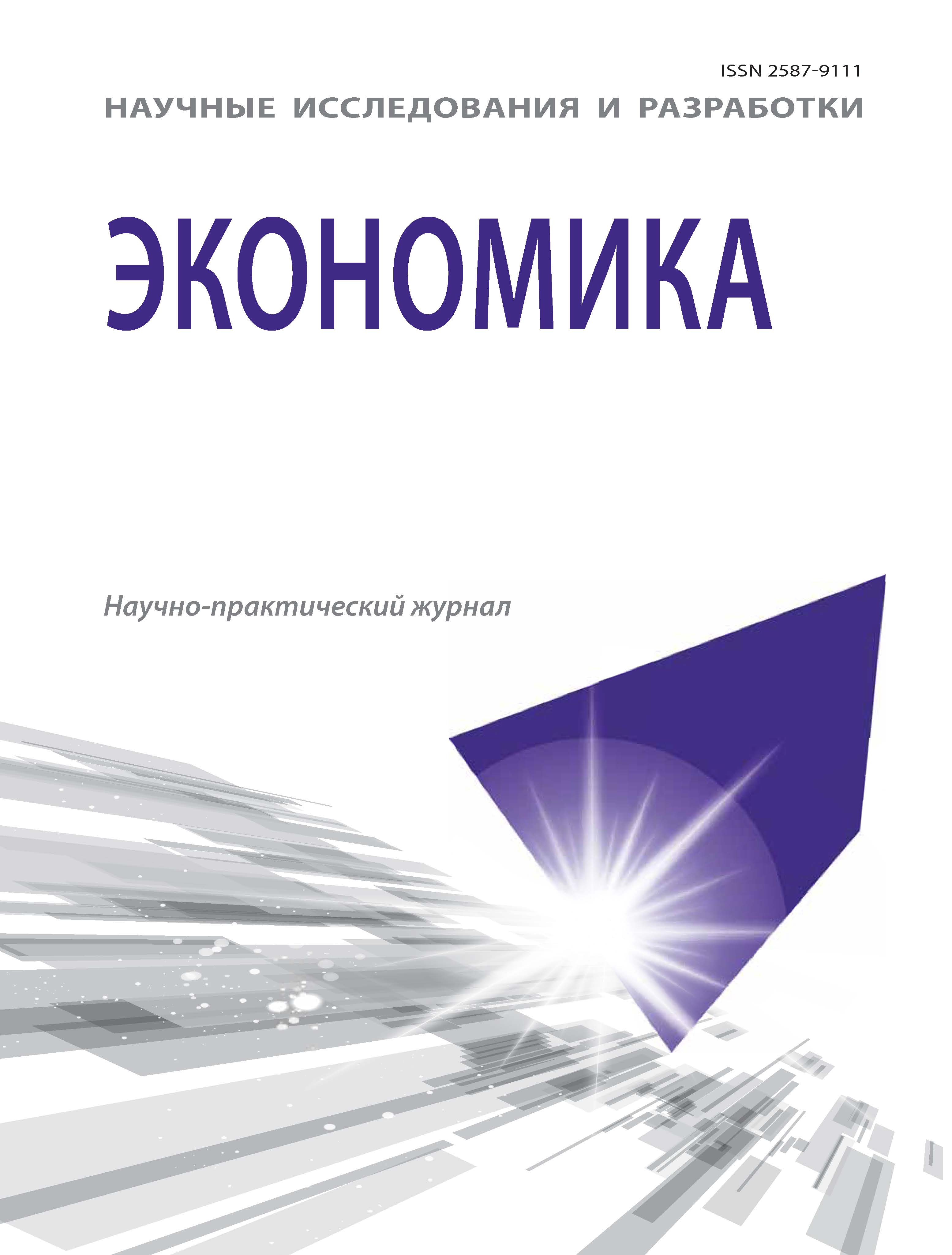Macadamia is one of the most potential export products of Colombia, due of its high global demand, and a generator of economic growth and formal employment. Therefore, this article will discuss about the impact of this crop in the GDP’s growth of the major producing regions and employment generation in the same, through statistical data and primary information, that will make an approach in measuring the analyzed variables, and thus develop strategies that allow the crop’s optimization and the creation of a higher added throughout the production process.
macadamia, GDP, employment, growth, technology transfer, varianceanalysis.
INTRODUCTION
Within agricultural products with the greatest potential for growth in terms of cultivation and commercialization in the world is possible to find the macadamia, due it has little recognition in the market and great potential for using, according to the Ministry of Agriculture and Rural Development (2006). By analyzing information from different sources, it was fou nd the gap on Colombia’s output, which can have a considerable share in the GDP of regions where it is produced1, and in turn, to be an engine on income levels within its population, through the advances that can be generated in the labor market of those areas in Colombia.
To contextualize, macadamia nut comes from subtropical climates2, so it can only be grown in certain areas. According to Canet (1983), from macadamia’s tree stems the finest and most exquisite nut, due to its high nutritional content and for its manufacturing process. Given the above, there were settled some questions that will be turned later into recommendations aimed to the best use and development of macadamia. As the research main objective it was needed to determine the incidence of macadamia cultivation on economic growth and formal employment generation in the regions where it is cultivated, through quantitative tools and comparisons over time.
Regardless that macadamia crop has not a widespread recognition in the country, and has not a huge presence in the domestic market, its demand has been steadily increasing, as reflected in consolidated figures of amount of harvested area, output and crop yield since 1993, according to Ministry of Agriculture and Rural Development databases1, also reflected in the merchandising efforts done by domestic producers in recent years, both internally and externally, without excluding the government’s actions for this activity.
___________
1 Quindio, Caldas, Risaralda, Valle del Cauca and Cundinamarca, initially. For 2004, Cauca is added and in 2008, Amazonas join to the group of studied departments.
2 Places such as Australia, Indonesia, South Africa and some states of the United States of America, mainly.
1. AND RURAL DEVELOPMENT (2006) Apuesta Exportadora Agropecuaria 2006-2020.
2. REPUBLIC OF COLOMBIA - MINISTRY OF AGRICULTURE AND RURAL DEVELOPMENT (2006) Acuerdo Nacional de Competitividad de la Cadena de Macadamia y su Agroindustria.
3. SALA-I-MARTIN, X. (2000) Apuntes de crecimiento económico, Barcelona: Antoni Bosch Ed. S.A., 2ª. Edición.
4. ARANGO LONDOÑO, G. (2005) Estructura económica colombiana, 10ª. Ed., Bogotá D.C.: McGraw-Hill.
5. Blanchard, O. (2006) Macroeconomía, 4ª. Ed., Madrid, Bogotá D.C.: Pearson - Prentice Hall.
6. Romer, D. (2006) Macroeconomía avanzada, 3ª. Ed., Madrid, Bogotá D.C.: McGraw-Hill.
7. Cárdenas Santamaria, M. (2007) Introducción a la economía colombiana, Bogotá D.C.: Editorial Alfaomega Colombiana.
8. Ray, D. (1998) Economía del desarrollo, Barcelona: Antoni Bosch Editores.
9. Canet Brenes, G. (1983) El cultivo de la macadamia, CAFESA - Costa Rica.
10. Sánchez Sosa, H. W. & De Los Rios, C. (2006) El cultivo de la macadamia, www.delalba.com.co/assets/applets/El_Cultivo_de_la__Macadamia.pdf. Recovered on March 07, 2011.
11. NATIONAL COFFEE ASOCIATION - ANACAFÉ (2004) Cultivo de macadamia - Programa de diversificación de ingresos en la empresa cafetera, Agosto 2004. Recovered on October 08, 2010 http://portal.anacafe.org/portal/Home.aspx?tabid=13&;lang=1
12. COLOMBIAN CORPORATION OF AGRICULTURAL RESEARCH - CORPOICA (2008) Producción orgánica de macadamia.






